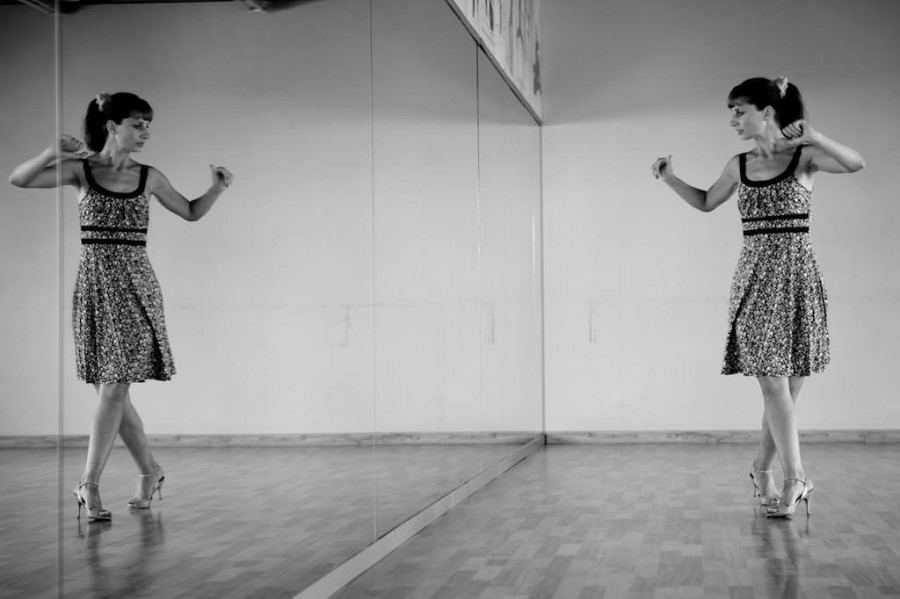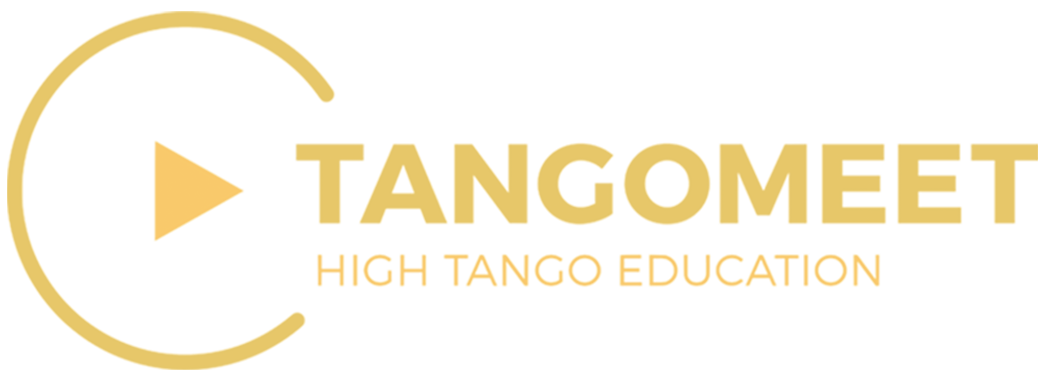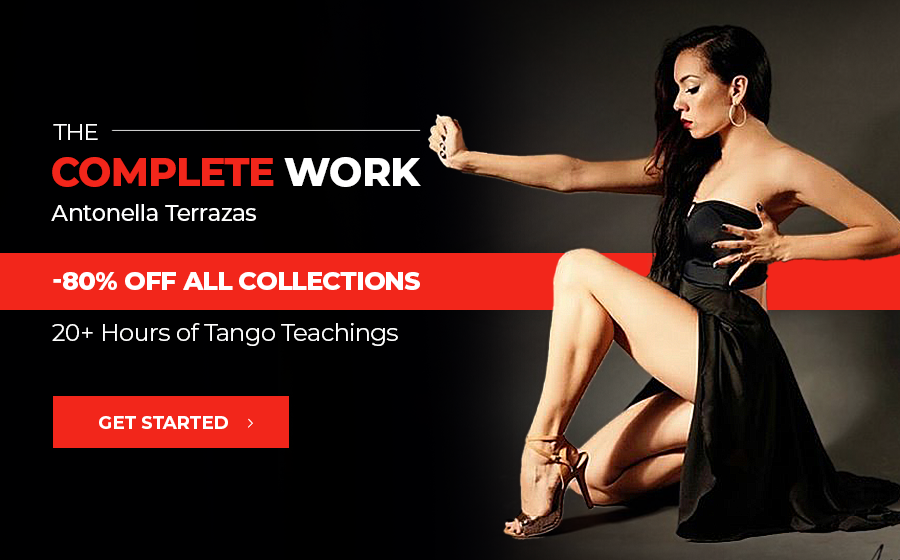HOW TO START YOUR SELF-STUDY, by Veronica Toumanova
The difference between practicing alone and taking a class is that you have to be your own expert. You have to decide what to do and how to evaluate your results. The more experienced you are, the easier this will be for you. If you have very little experience, however, self-study can be a real challenge. Therefore it is important that from the beginning you have an approach that works for your personality, level of skill and experience, and that allows you to improve instead of acquiring bad habits.
 Learning movement is much like installing electricity in your house. The way you decide how to place the wires will define how comfortable your house will be. To change the wiring you will need to break some walls. The same is true for motoric habits: they are hard to replace. So, just like with wiring your house, the first thing you need is a plan. Define your goals and look for reliable sources of information.
Learning movement is much like installing electricity in your house. The way you decide how to place the wires will define how comfortable your house will be. To change the wiring you will need to break some walls. The same is true for motoric habits: they are hard to replace. So, just like with wiring your house, the first thing you need is a plan. Define your goals and look for reliable sources of information.
Gosh, you might say, this all sounds so serious. Shouldn’t I just, you know, walk a bit or do some ochos at a wall? Yes and no. If you set goals, it will be much easier for you to keep your motivation alive. Your goals are what you would like to learn, improve or simply maintain at a steady level. In general, the basic technique (posture, balance, walking and pivoting) will give you the essential “wiring”, so if in the beginning you have no idea what you would like to work on, basic technique is a good place to start. And even if you decide to work on complex stuff, basic technique problems will surface and you will still be practicing posture, balance, walking and pivoting.
Once you have initial goals, ask yourself what kind of information would be helpful with your goals in mind. This can be anything from your own notes of a previous class to buying online material. If you have a lot of experience in tango, you could work with visual material requiring no additional explanation. However, if you do not have much experience (or you do not trust your eyes alone), I highly recommend you find a source of information that provides you with thorough and detailed explanations on what to do. Often, when watching a video, you do not notice the things that make a movement easy and fluid. Someone has to explain this to you first.
How to know when an explanation is helping you? We do not all learn the same way and different people need different kinds of input to understand something. First, it has to sound logical and be easy to understand. You should have frequent “aha” moments, meaning it really resonates with you. It should be specific, not blurry. Second, the explanation has to be effective, allowing you to translate mental understanding into movement patterns without too much struggle. The results might be slow to come, but you must have the impression that it is going in the right direction.
A movement performed well, no matter how complex, feels truly delicious. Remember, however, that to evaluate your results you cannot rely on your sensations alone. Film yourself and compare what you do with your visual example but also with how you have been doing it before. This is how you will check both your own progress and whether you understood the information. Our brain tends to trick us into feeling things are fine while the visual impression tells a different story!
If you feel that you do not grasp the material or your results do not match your example, the information might not be suitable for you: maybe not in this form or not at this stage of your development. Or it might be simply badly explained! In this case look for other sources. There is currently an abundance of online material, many tango teachers are in confinement due to coronavirus and many of them offer online classes and instruction videos. Once you have your goals and sources, you will need some tools to set up your practice. I will talk about this in my next post.


